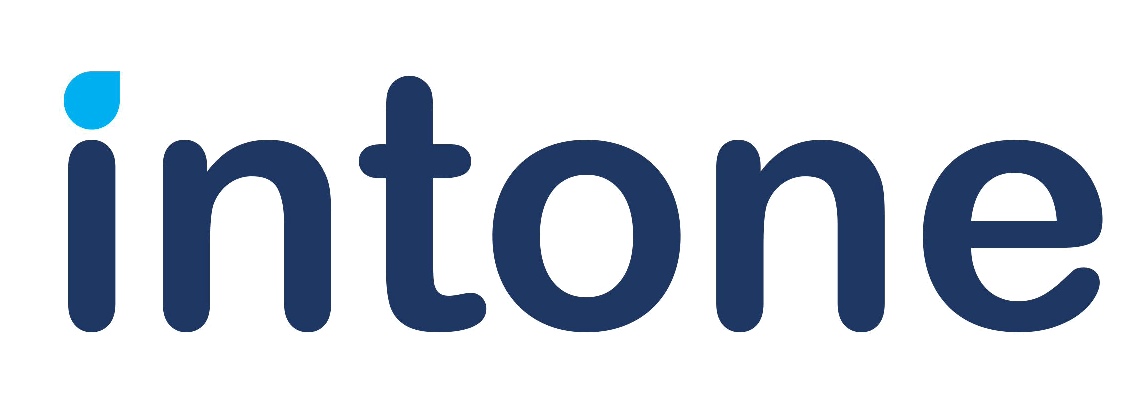Cybersecurity technology trends are constantly evolving to stay one step ahead of the ever-growing and increasingly sophisticated threat landscape. In today’s digital age, where sensitive information is stored and transmitted online, organizations and individuals must remain vigilant to protect their data and systems. Below, we delineate the present and forthcoming significant cybersecurity technology trends to watch out for.
Current Cybersecurity Technology Trends
In this article, we have compiled a list of cybersecurity technology trends that demand your attention in 2023. Let’s delve into the foremost strategic trends in cybersecurity and the tactics employed by cybercriminals.
Ransomware-as-a-service (RaaS)
Ransomware attacks have shown a significant rise in recent years, involving cybercriminals encrypting a victim’s data and demanding a ransom for its decryption. In 2023, the increasing prevalence of Ransomware-as-a-Service (RaaS) platforms is anticipated.
Furthermore, safeguarding against RaaS threats necessitates the implementation of sound cybersecurity practices, including robust cyber security monitoring, and the development of a comprehensive security strategy.
As we transition into the coming years, the importance of these measures is set to amplify, with RaaS poised to emerge as one of the foremost cybersecurity trends in 2023.
Artificial Intelligence (AI) and Machine Learning (ML)
AI and ML are transforming cybersecurity by enhancing threat detection and response capabilities. These technologies enable systems to analyze vast amounts of data and identify patterns that may indicate potential threats. They can also automate responses to known threats, thereby reducing response times and minimizing the risk of human error. As cyber threats become more complex, AI and ML will continue to play a crucial role in staying ahead of malicious actors.
Zero Trust Architecture
Zero Trust Architecture (ZTA) has gained prominence as an effective approach to network security. Unlike traditional perimeter-based security, ZTA assumes that threats can originate from both external and internal sources. ZTA involves strict identity verification and continuous control monitoring, ensuring that users and devices are authenticated before granting access. This trend is set to dominate the cybersecurity landscape, as it offers robust protection against insider threats and external attacks.
Cloud Security
With the rapid adoption of cloud services, ensuring the security of data stored in the cloud is paramount. Cloud security trends include the use of cloud access security brokers (CASBs) for monitoring and controlling access to cloud applications, and container security to protect cloud-native applications. As more businesses transition to cloud-based infrastructure, the need for robust cloud security measures will persist.
Insider Threats
Within the framework of contemporary cybersecurity developments, insider threats, though not new, persist as a significant concern for organizations. As remote work becomes increasingly common, the detection and mitigation of insider threats may become more intricate, given that employees have remote access to sensitive data and systems. In the forthcoming years, organizations must place a critical focus on bolstering their internal network security and imparting training to their employees to enhance their ability to identify and report suspicious activities and potential cyber threats.
Cyber Threat Intelligence Sharing
Cyber threat intelligence sharing is a collaborative approach to cybersecurity that involves sharing information about potential threats and vulnerabilities with other organizations and security communities. This practice allows businesses to proactively defend against emerging threats and learn from the experiences of others. Public and private sector cooperation in threat intelligence sharing will become increasingly important to strengthen cybersecurity defenses.
Blockchain for Security
Blockchain technology, primarily known for its role in cryptocurrencies, is making headway in cybersecurity. Its immutable ledger and decentralized nature make it a powerful tool for securing data, identities, and transactions. Companies are increasingly exploring blockchain-based solutions for authentication, secure communication, and data protection. The transparency and immutability of blockchain provide an added layer of trust in an increasingly digital world.
Internet of Things (IoT) Security
The proliferation of IoT devices presents a significant challenge in terms of security. As more everyday objects become connected to the internet, the attack surface for cybercriminals expands. IoT security trends involve implementing robust security protocols and standards for IoT devices, as well as monitoring and managing them centrally. Protecting against IoT-based attacks is a growing concern for businesses and individuals alike.
Quantum Computing Threats and Defenses
Quantum computing, though in its early stages, has the potential to disrupt current encryption methods. Post-quantum cryptography is emerging as a cybersecurity trend to develop encryption techniques that can withstand quantum computing threats. As quantum computing advances, organizations will need to adapt their security measures to ensure data remains confidential and secure.
Why Choose Intone?
In an increasingly interconnected and digital world, staying up-to-date with the latest cybersecurity technology trends is crucial to protecting sensitive data and systems. The ever-evolving threat landscape demands a proactive approach to security. By utilizing advanced technologies such as AI and robotic process automation, and through regular training and audits, organizations can enhance their security and reduce liabilities. The implementation of robust software and adherence to pertinent frameworks and standards enable seamless alignment with regulatory compliance, ensuring a fortified cyber environment. Intone Gladius is a software that can help you successfully manage all this and more. It offers:
- Equips you to custom-craft your security controls.
- Monitors endpoints, databases, servers, networks, and data security in real-time from a single platform.
- Reduces costs by achieving and proving your compliance faster and with less effort.
- Comes with a centralized IT compliance platform that helps you overcome redundancy between control frameworks, such as SOC, NIST, IASME, COBIT, COSO, TC CYBER, CISQ, FedRAMP, FISMA, and SCAP.
Contact us to learn more about how we can help you!

